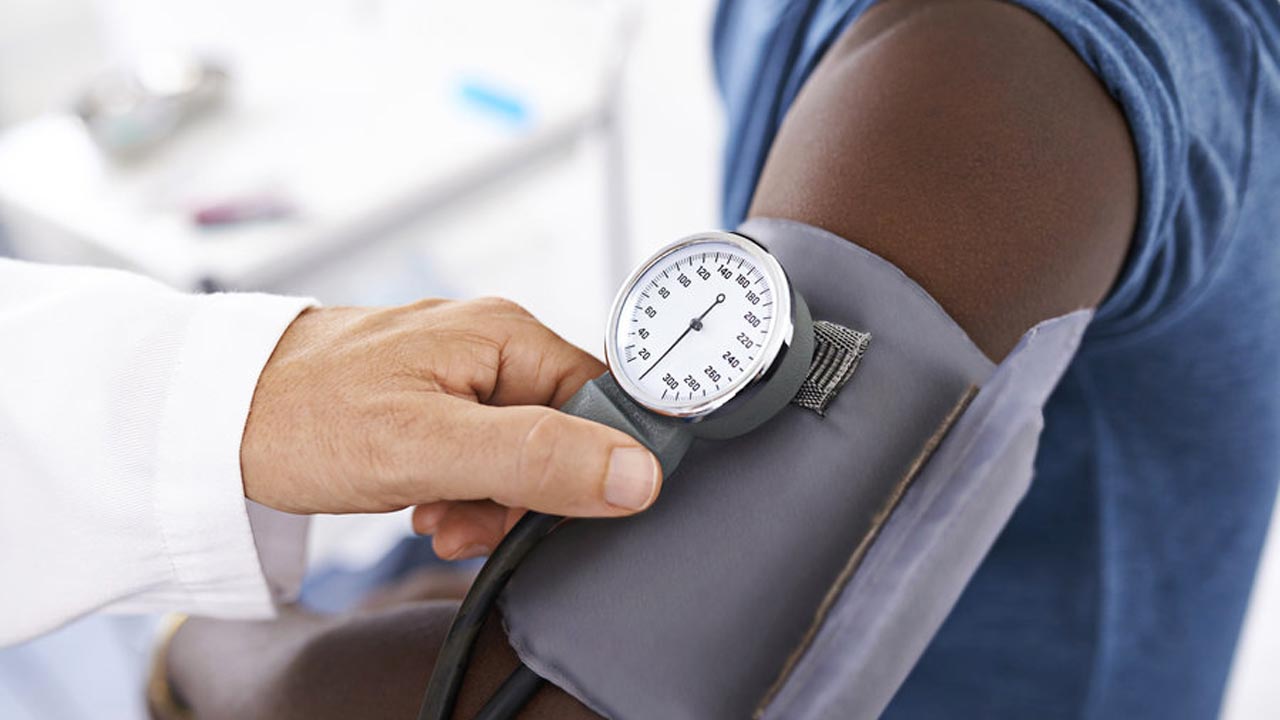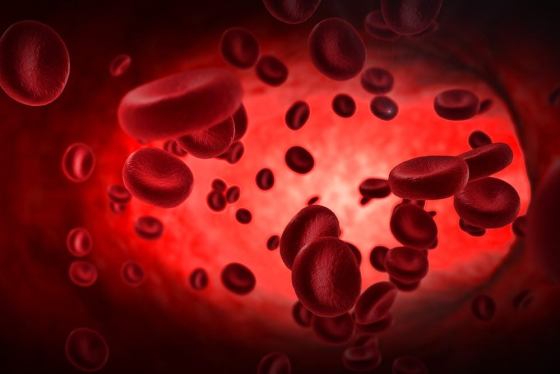American poet T. S. Eliot wrote: I said to my soul, be still and wait without hope, for hope would be hope for the wrong thing; wait without love, for love would be love of the wrong thing; there is yet faith, but the faith and the love are all in the waiting. Wait without thought, for you are not ready for thought: So the darkness shall be the light, and the stillness the dancing.
I thought about that quote this weekend.
A woman posted a comment about hope in the depression support group, Group Beyond Blue, in which I participate. She said that her therapist told her that hope is more of a cognitive process than an emotion, that we can make a conscious effort to develop hope.
I agreed, for the most part, because when I’m feeling hopeless, there are specific things I do to increase my hope:
. I flip through my mood journal to see evidence that I always emerge out of the black hole, that I haven’t stayed in there indefinitely. I study my sanity numbers (1 to 5) that fluctuate over the course of a month, a week, a day.
. I pull out the picture of a young woman who attended Saint Mary’s College some years after I graduated, who reminds me of a younger version of myself, except that her life ended in suicide. When I look at her smile I can feel her presence and hear the word, “Believe,” that her father has repeated to me.
. I review the nuggets of encouragement that my mentors and good friends have told me when I despair: “You WILL feel better.” “It won’t always be like this.” “You got well before.”
“Hope is a skill,” someone in our group wrote. “Happiness is also a skill. It’s a choice.” That’s when I felt a punch to the gut.
I responded defensively: “Happiness is a choice” sounded to me the same as the hurtful question I got from a family member shortly after my hospitalization for severe depression: “Do you WANT to get better?” as if I was fabricating my suicidal thoughts for attention. Or maybe she thought I really liked the meatloaf and cheery Jell-O lunches.
Now I know the woman in my support group didn’t mean it that way. She was merely saying that we can decide whether or not to choose a path to happiness, and can, through cognitive behavioral therapy, change our thought patterns to be more optimistic.
I’ve been immersed in this kind of literature lately: Buddha’s Brain by Rick Hanson, Ph.D. and Richard Mendius, MD; Change Your Brain, Change Your Life by Daniel Amen, MD; and Train Your Mind, Change Your Brain by Sharon Begley. They basically all say that we have much more control over our thoughts — in the way neural passageways are formed –than we previously thought.
Which is good news.
I have benefited immensely from the cognitive behavioral therapy exercises by David Burns, MD, and the like: by recognizing the distorted thoughts running around naked without a towel inside my head, and by applying his methods for untwisting them. For example, when my husband and I have an argument and I jump to “my marriage is doomed,” I know I have a few distortions going on (overgeneralization, all-or-nothing thinking, mental filter, disqualifying the positive, jumping to conclusions, catastrophizing, and emotional reasoning). By “identifying the distortions,” “examining the evidence,” and “thinking in shades of gray” — three of his methods to untwist distorted thinking — I arrive at rational thought again.
Except for when I can’t.
That’s what bugs me about “happiness is a choice” philosophies. I think they work on mild and moderate depression, definitely on situational depression. But for some forms of severe depression and treatment-resistant depression or complicated mood disorders — at least for those periods of time when you’re on your knees begging God to take you? My experience has been that any attention to your thoughts only makes it worse.
It is like someone saying to me, “Eat this oyster, but don’t swell up” (I’m allergic to shellfish). I equate it to allergies because there have been times I’ve had allergic reactions to drugs, food, and supplements — like the time I took natural progesterone — that my suicidal thoughts were so strong, my desire to leave this place so intense, that I was not in control. The only thing that kept me here was my knowledge that my thinking was a reaction to the supplement, that my brain was merely inflamed, just like my fingers get when I eat oysters.
Sometimes incessant death thoughts have been a result of thyroid disease, my pituitary tumor, or some other concomitant illness. Acute stress can trigger it. Trying to retrain my thoughts at these times makes me feel worse, like I’ve failed, just as I would feel if the expectation was that my fingers would not swell.
Neuroscience backs my experience.
One research study at the University of Wisconsin-Madison, in particular, used high-definition brain imaging to reveal a breakdown in the emotional processing that impairs the depressive’s ability to suppress negative emotions. In fact, the more effort that depressives put into reframing thoughts — the harder they tried to think positive — the more activation there was in the amygdala, regarded by neurobiologists as a person’s “fear center.”
Says Tom Johnstone, Ph.D. the lead study author at the University of Wisconsin: Healthy individuals putting more cognitive effort into [reframing the content] get a bigger payoff in terms of decreasing activity in the brain’s emotional response centers. In the depressed individuals, you find the exact opposite.
I remember my doctor telling me about this study in the days and months following my hospitalization. I was beating myself up, as usual, because I was trying so hard to apply cognitive behavioral exercises to my thinking, but I couldn’t get past wanting to die.
I wasn’t ready for thought, like Eliot says.
The trick is knowing when to apply optimism, cognitive behavioral therapy, and all the brain exercises that can form new neural passageways, and when to turn the brain off and just keep swimming. Sometimes I’m swimming against currents that are so strong, that even my best attempts are going to result in backward motion. Last month, when I swam across the Chesapeake Bay, at times there were cross currents and headwinds that made it feel as though you were swimming in a washing machine. I kept looking up to see how far I had to go. However, every time I did that I swallowed a gush of diesel-tasting water and hurt my shoulder. I made better progress when I kept my head in the water, forgot about where I was going or how far to land, and just focused on one stroke after another.
It seems as though the darker the place, the less thinking required. Maybe Eliot maybe knew something about severe depression when he said just be still, don’t think. Soon the darkness will be the light, and the stillness the dancing.
By THERESE J. BORCHARD
Associate Editor, Psychcentral
ABUJA: Training Schedule for Basic Life Support BLS, Pediatric Advanced Life Support (PALS), Advanced Cardiovascular Life Support ACLS, First Aid, CPR, AED
PORTHARCOURT: Training Schedule for Basic Life Support BLS, Pediatric Advanced Life Support (PALS), Advanced Cardiovascular Life Support ACLS, First Aid, CPR, AED
LAGOS: Training Schedule for Basic Life Support BLS, Pediatric Advanced Life Support (PALS), Advanced Cardiovascular Life Support ACLS, First Aid, CPR, AED





